There are people of this world who think an Impala Super Sport is a muscle car. How can a particular model be a muscle car when one of its engines was a straight-six, and that most of them were built with small-blocks with two-barrels? Our Pick of the Day is a bit more muscular than that—would you consider this 1966 Impala Super Sport convertible a muscle car? This big-block Bow Tie is listed for sale on ClassicCars.com by a private seller in Lynnwood, Washington. (Click on this link to view the listing)
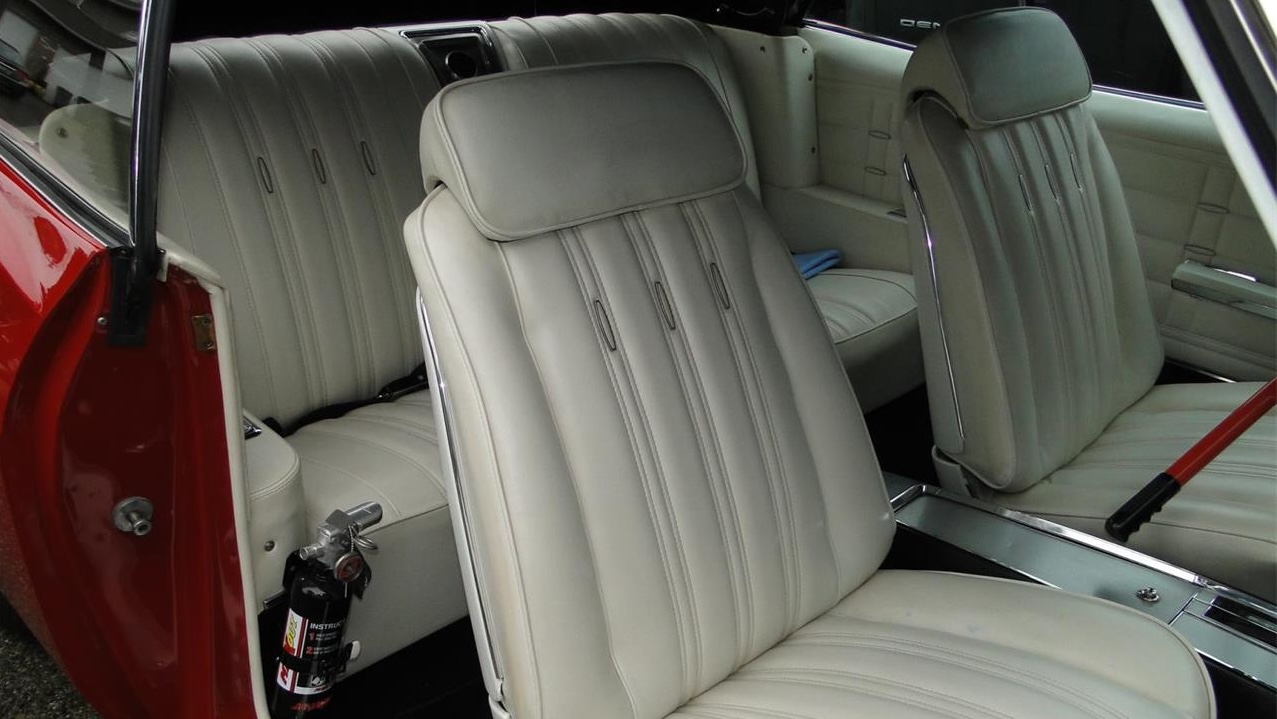
Yes, there are Super Sports that are all-out muscle cars—the Chevelle SS 396, Camaro SS, and post-1967 Nova SS come to mind. But, for most of its incarnation, the Impala Super Sport was not a muscle car. An arguable exception to this would be the introductory package that appeared mid-year 1961, as the base engine was a big-block 348. Starting in 1962, the Super Sport package for the Impala hardtop and convertible evolved into a sporty buckets and console automobile that seized upon that trend that began with the 1958 Thunderbird and 1960 Corvair Monza. Available engines ranged from the 230 six to two flavors of the 409, plus it’s worth mentioning that the 327 made its debut in 1962.
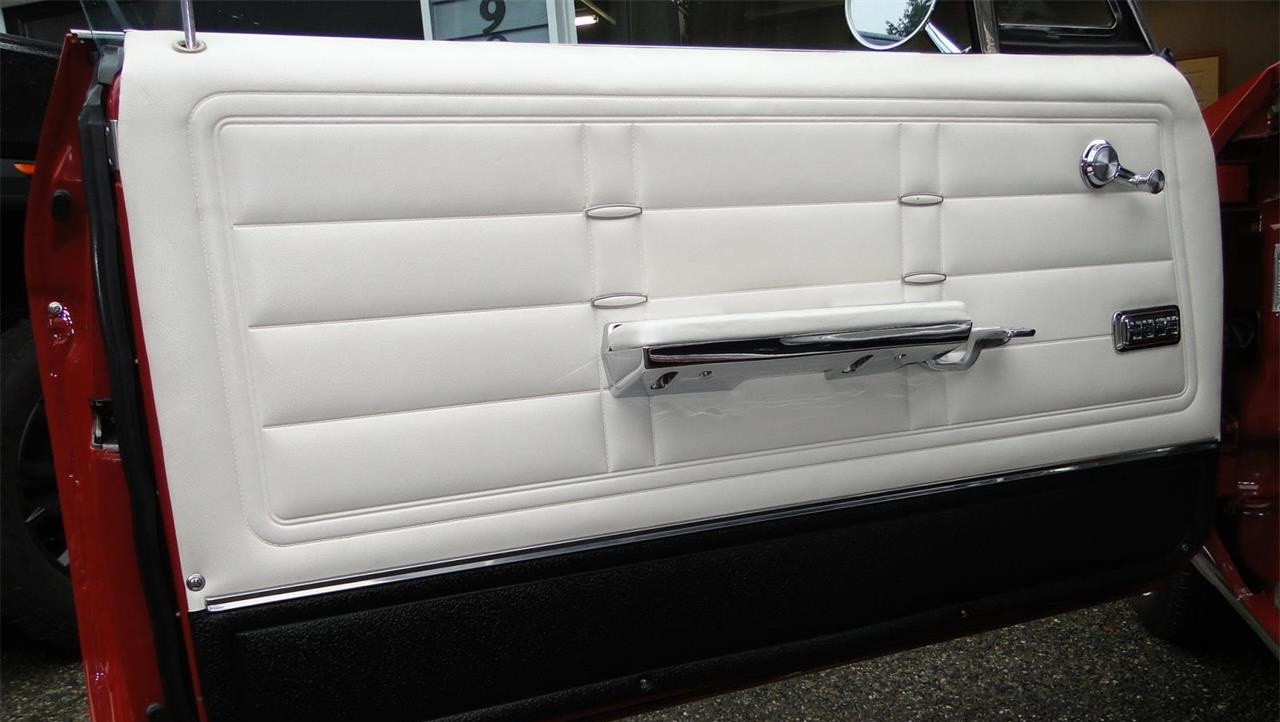
The full-size series was completely redone for 1965, joined by a new three-speed automatic., The big news continued into the winter season thanks to the introduction of the upscale Caprice four-door and the replacement of the 409. That new engine, known as the Mark IV, measured 396ci and was offered as an L35 with 325 horsepower or an solid-lifter L78 with 100 more. Chevrolet was on top of the world like it had never been, it seemed.
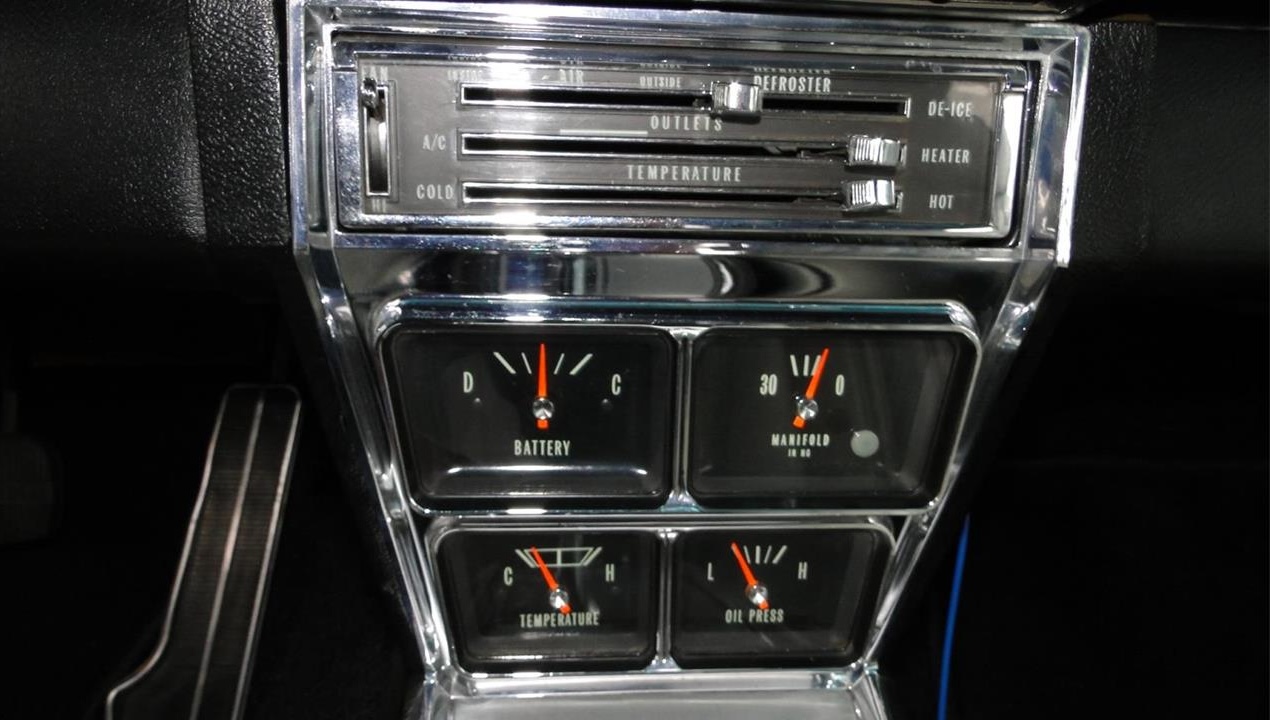
The 1966 Chevrolet received a mild facelift up front but, out back, Chevrolet ditched the trademark round taillights to horizontal units that wrapped around on Impalas and the Caprice, the latter featuring horizontal ribbing for a snazzy look. The big-block went through additional development with an increase to 427ci. The L36 was rated at 390 horsepower and the former L78 evolved into the L72, rated at the same 425 horses as before. A simple acceleration run down the strip would suggest Chevrolet was being coy. The L35 also continued to be on the option list.
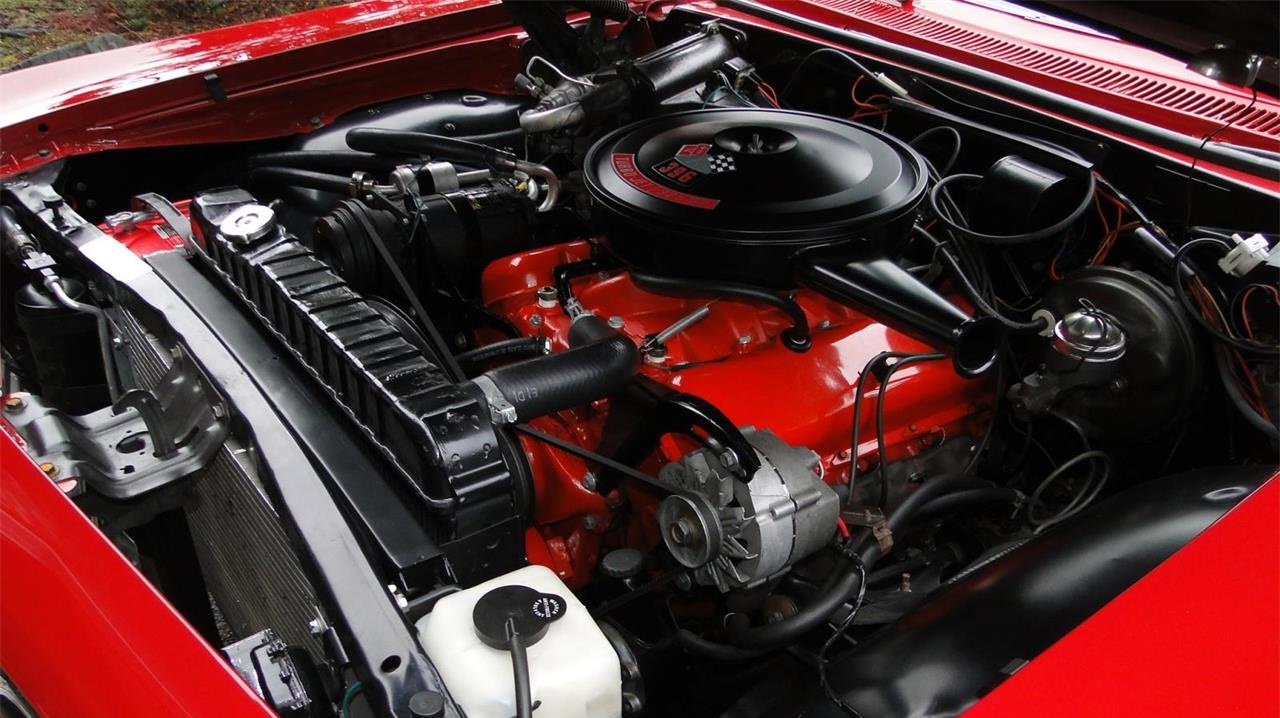
The Super Sport—its own model since 1964—included the following equipment for 1966: aside of vinyl bucket seats and center console up front, the Impala SS included courtesy lights, full wheel covers, tasteful use of chrome along the rockers and wheel openings, side protection molding, chrome sill and hood wind split moldings, and bright roof drip moldings. Standard power could be either the 155-horsepower straight-six or 195-horse 283 V8; optional was a 220-horse version of the latter, a 275-horse 327, or one of the three aforementioned big-blocks.
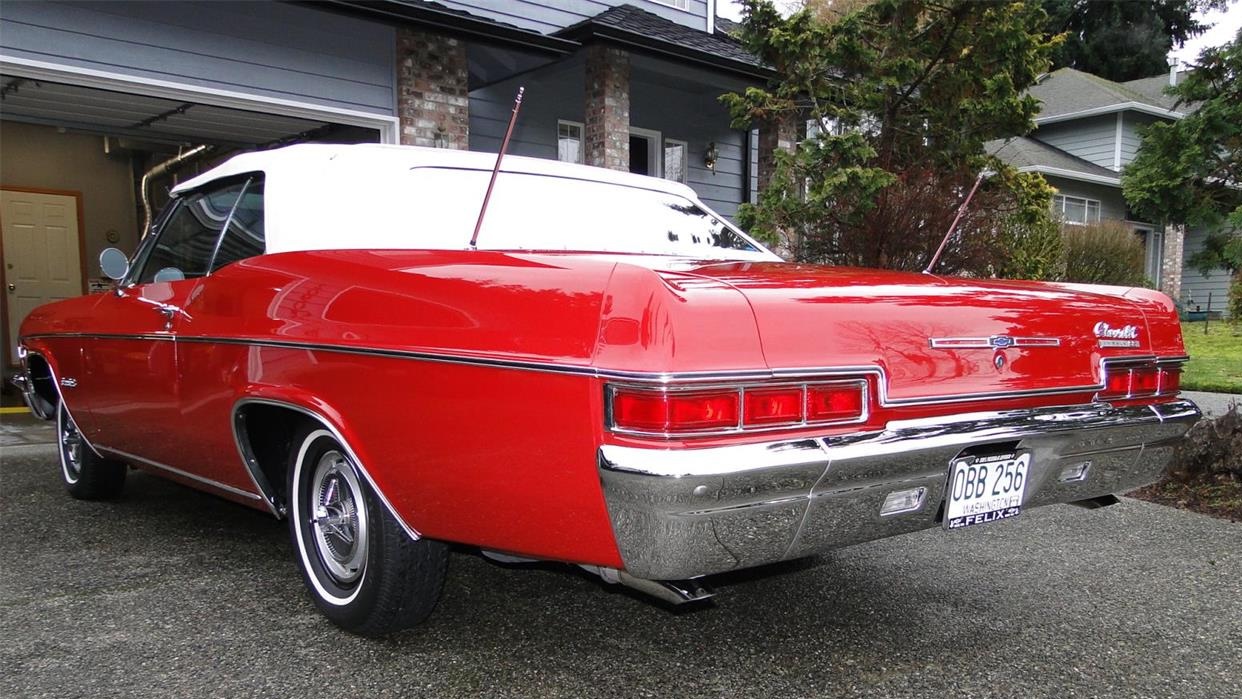
This Regal Red 1966 Chevrolet Impala Super Sport convertible is powered by the L35 396, but that’s not all that’s desirable—check out the feature list: TH400 automatic, air conditioning, gauge package, rear speaker, power steering, power drum brakes, power windows, twin antennas, and power-operated top. A frame-off restoration, including mechanical rebuild, was undertaken and completed in 2008. Little of this Chevy is not stock, with a modern Holley carburetor and aluminum Chevrolet Performance intake, and modern audio system being several of the concessions.
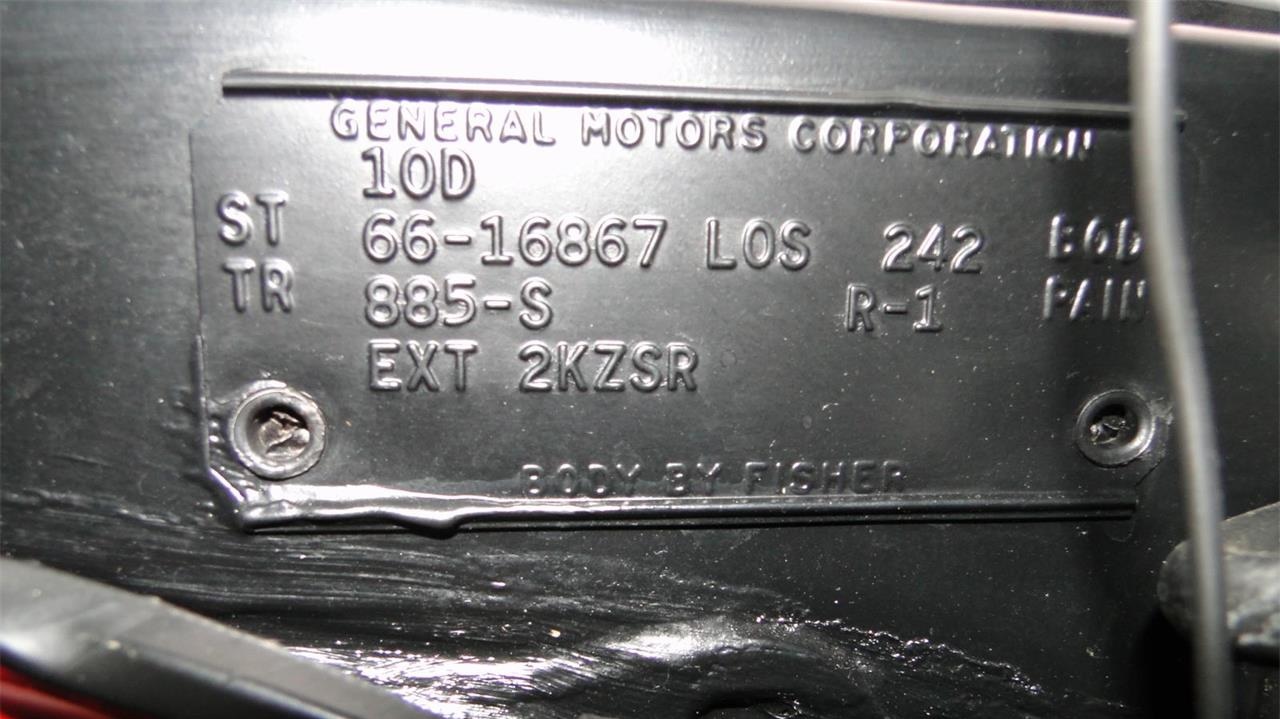
No brand has more mass appeal than Chevrolet. A red Impala convertible with big-block power is an attractive proposition for many people around the world. So is this a muscle car? I myself feel that the power/weight ratio may not quite qualify it, but who cares? For $65,000, you may not care either.
Click here for this ClassicCars.com Pick of the Day.

